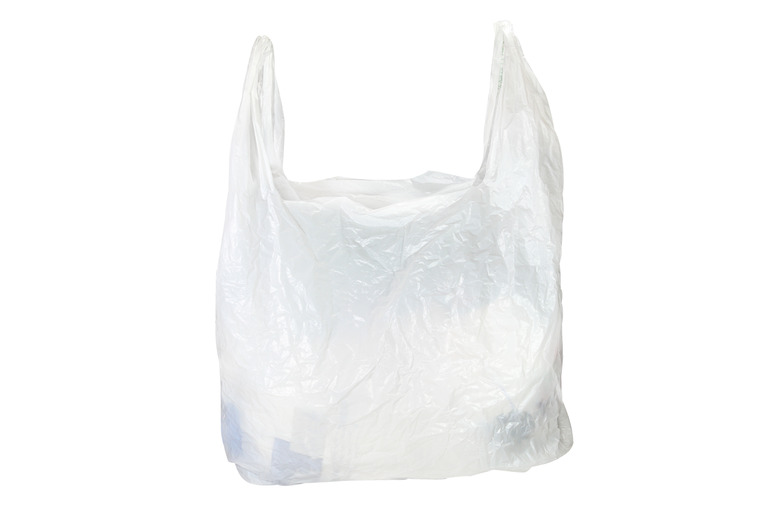Plastic Bag Pollution Facts
In 2009, the United Nations Environment Programme released a report analyzing the marine litter found in 12 different parts of the world. When he read the results, United Nations Under-Secretary General Achim Steiner called for a ban on single-use plastic bags. For most people, plastic bags are a part of everyday life, but their effect on marine life, landfills and the environment are causing many to take a second look.
Usage Statistics
Usage Statistics
According to the coalition group Californians Against Waste, Californians alone use 19 billion plastic bags every year. It costs the state about $25 million per year to make sure the discarded bags end up in a landfill—that cost rises into the billions when you add up how much it spends to clear trash, including plastic bags, from its waterways. The Worldwatch Institute claims Americans as a whole toss 100 billion plastic bags per year—less than 1 percent of which are recycled.
Marine Debris
Marine Debris
Plastic bag pollution is a huge problem in oceans across the world. From the deepwater trenches of the Mediterranean to the Red Sea coast of Yemen, plastic bags account for most of the debris, according to a 2009 publication by the United Nations Environment Programme. Plastic bags do more than destroy the aesthetics of pristine beaches and waterways. They can choke wildlife, wrap around ship propellers and get sucked into boat engines. Californians Against Waste estimates that plastic marine debris kills over 100,000 marine turtles and mammals every year.
Landfill Debris
Landfill Debris
Plastic bags cause problems on land as well as on water. They don’t biodegrade, taking up permanent space in landfills. Even once they’re in the landfill, it’s easy for plastic bags to escape, lifted away by a breeze to become tangled in a chain-link fence or stuck in a tree. So-called “biodegradable” bags suffered a setback when the Federal Trade Commission targeted their manufacturers since the conditions under which the bags degrade, ranging from full sunlight to a mixture of water and oxygen in the soil, are rarely met in landfills.
Environmental Impact
Environmental Impact
Plastic bags are made from polymers or polymer resin, both of which require oil or natural gas to manufacture. According to the New York Times, the 100 billion bags used per year in America require an estimated 12 million barrels of oil in their production. Since approximately 25 percent of plastic bags used in the west are made in Asia, more fossil fuels have to be used to transport the bags to their destination.
Possible Solutions
Possible Solutions
According to Worldwatch International, Ireland began taxing plastic bags in 2002, resulting in a 95 percent decrease in use. Re-usable canvas or cotton bags eliminate the need for plastic bags altogether. A compromise may work best, like that forwarded by the California Assembly in 2010—if approved, the measure will charge grocery and liquor store customers for their plastic bags.
References
Cite This Article
MLA
Wiltz, Jenni. "Plastic Bag Pollution Facts" sciencing.com, https://www.sciencing.com/plastic-bag-pollution-facts-5067952/. 21 July 2017.
APA
Wiltz, Jenni. (2017, July 21). Plastic Bag Pollution Facts. sciencing.com. Retrieved from https://www.sciencing.com/plastic-bag-pollution-facts-5067952/
Chicago
Wiltz, Jenni. Plastic Bag Pollution Facts last modified March 24, 2022. https://www.sciencing.com/plastic-bag-pollution-facts-5067952/
